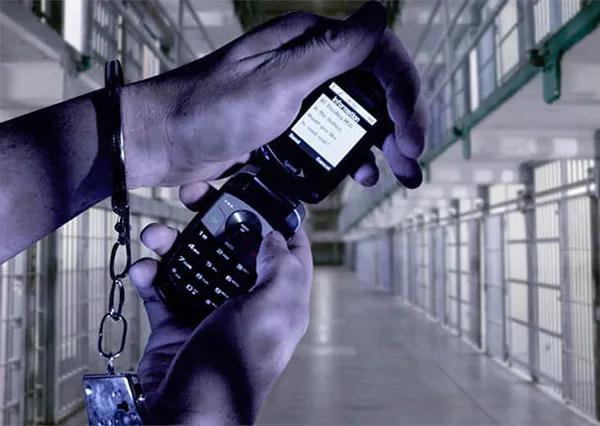United States is in desperate need of a drone jammer
 Russia's Rossiyskaya Gazeta daily cited military experts as saying that the Rychag-AV jammers added significantly to reducing the effectiveness of the US air strike on Syria's Ash Sha'irat airbase in April 2017.
Russia's Rossiyskaya Gazeta daily cited military experts as saying that the Rychag-AV jammers added significantly to reducing the effectiveness of the US air strike on Syria's Ash Sha'irat airbase in April 2017.
The Jammer’s role is to interrupt the communication link (or network) between two (or more) “partners”, when they are trying to talk with each other or deliver certain data between them. Jamming the communication link between a Drone and its Operator is a specific case out of many more; we can try to jam the communication between a cellular and the base station, between two tactical radios, between a bomb and a remote control that is used to activate it, etc.
This is the time for one more important clarification. Usually, in the Anti-Drone application, the intention is to jam the Drone when it is hundreds of meters away from the sensitive area/perimeter (where the Jammer is installed). For example, we want to jam a Drone, which is 300 meters away from the Jammer and flying at an altitude of 10 meters. As can be understood, in this case the diagonal distance between the Jammer and the Drone is about the same as the horizontal distance between them. Therefore, in order to simplify things, we will be discussing horizontal distances and we will not bother our selves with calculating the exact distance, because the difference is quite small.
Why do prisons need cell phone jammer?
Illegal cellphones have been a chronic problem in prisons across the country. In South Carolina, they've been used to arrange a contract killing of a prison officer, plot an escape and conduct all manner of fraud. Fighting over such contraband helped spark a riot that killed seven and wounded 22 at Lee on April 15, officials have said, and inmates used their illicit phones to stoke the unrest.Seizures of contraband phones are up, and last week federal prosecutors indicted 14 former state Corrections Department employees on smuggling charges. But even with 6,200 phones seized from the state's prisons last year, the devices remain ubiquitous.
For years, officials in state and federal prisons have spoken out about the dangers posed by cellphones in the hands of inmates, who can use them to continue their criminal endeavors behind bars, including drug trafficking, extortion scams, and even hits on witnesses and others.
Stirling, an outspoken advocate for some sort of technology to combat phones within prisons, wrote in June to Attorney General Jeff Sessions, beseeching the top prosecutor for help pursuing FCC permission to jam cell signals of the phones, which are thrown over fences, smuggled by rogue employees and even delivered by drone.
Statewide, meanwhile, lawmakers are working to push bills that make it a felony to have a cell phone inside state prisons. State senators are adamant about the stricter penalty being effective at preventing smuggled cell phones from entering prisons.


